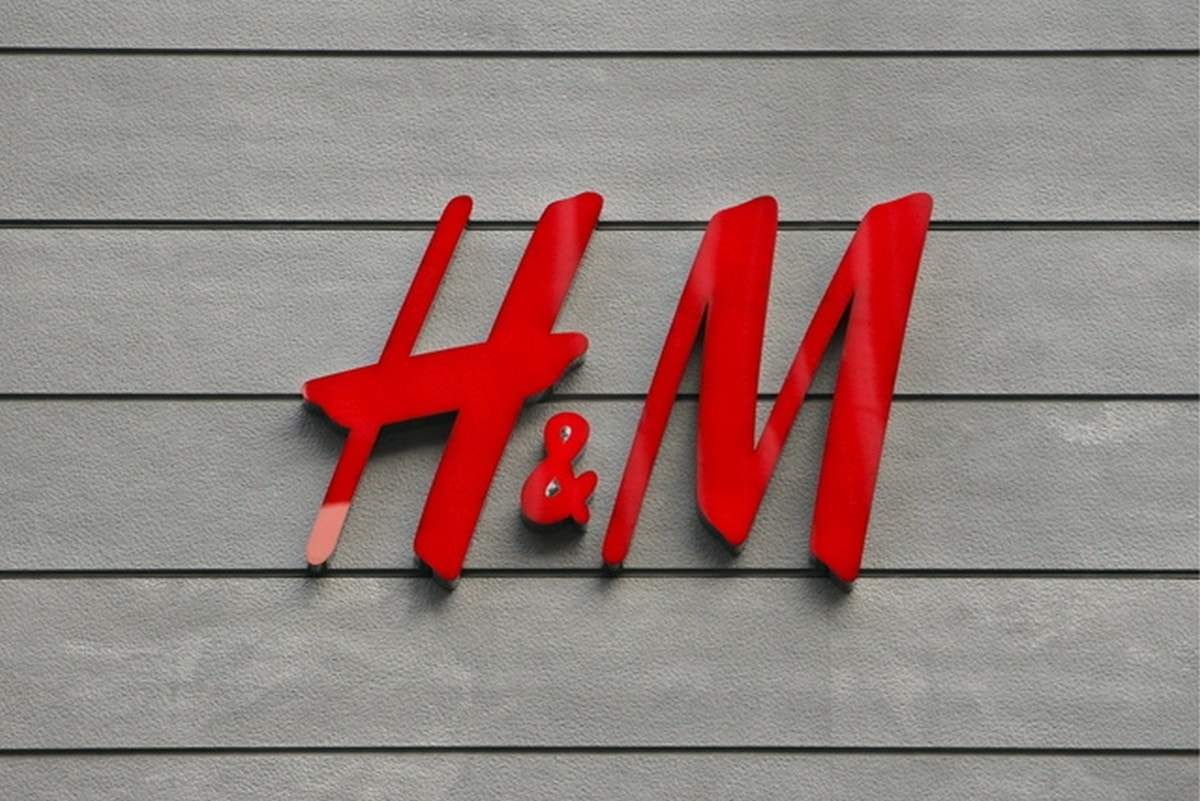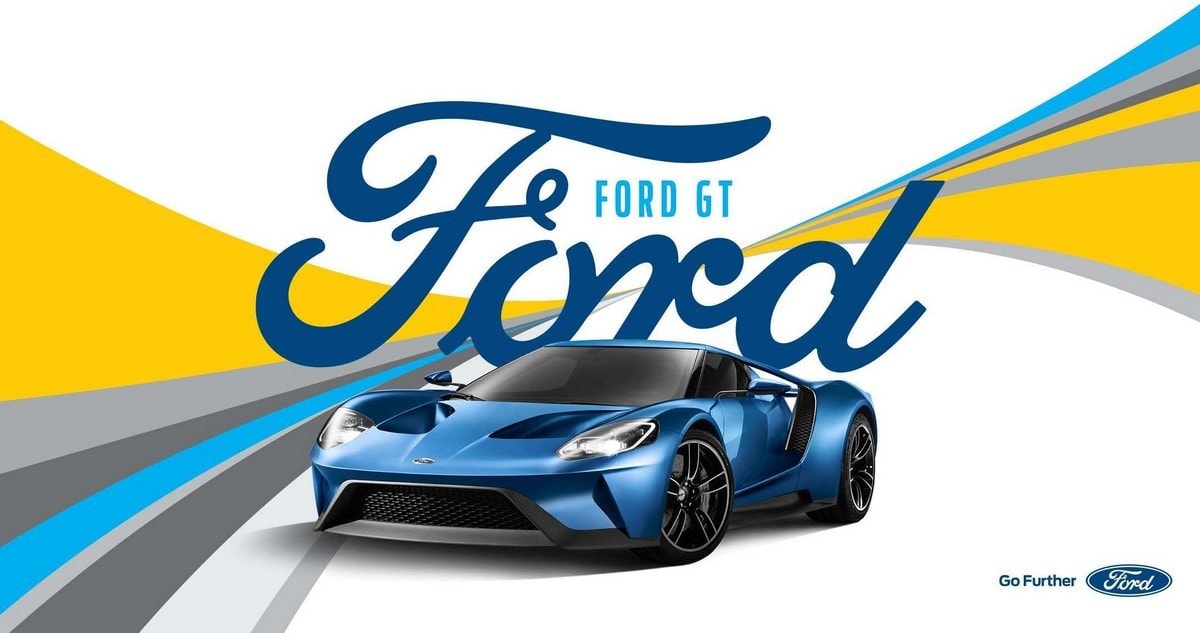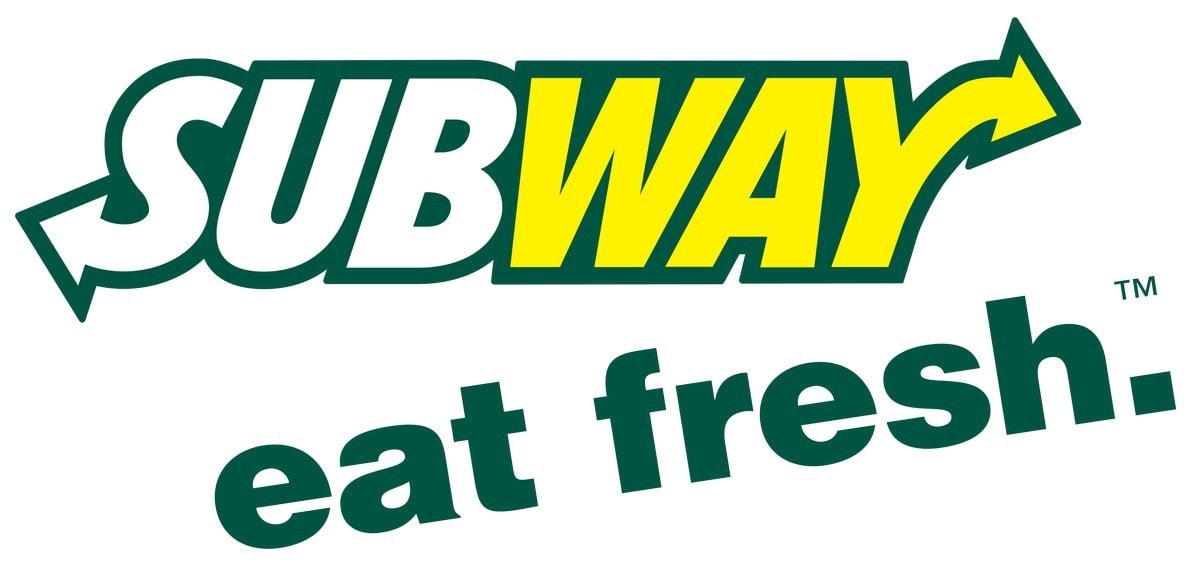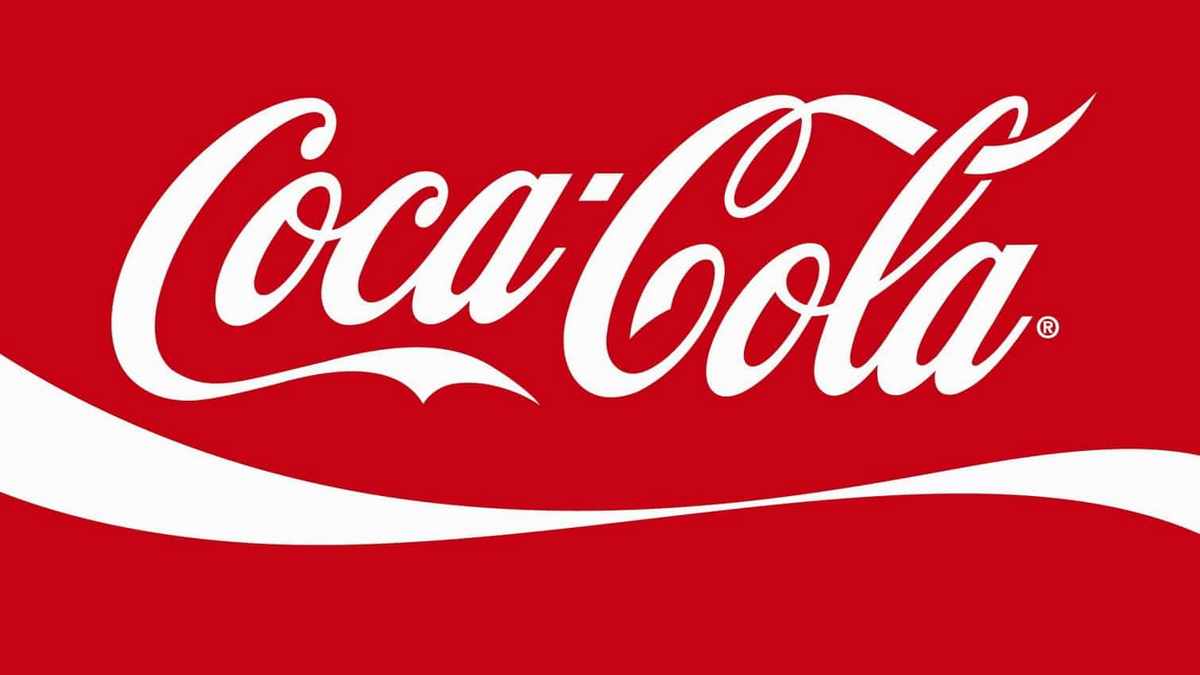
Marketing Strategy of H & M - H & M Marketing Strategy
Home » Strategies » Marketing Strategy of H & M
Marketing Strategy of H & M
May 29, 2019 By Hitesh Bhasin Tagged With: Strategies
Founded in 1947 by Erling Persson, the Swedish brand has been headquartered in Stockholm, Sweden. Hennes & Mauritz AB as popularly known as H & M is engaged in the sale of clothing, accessories, home textiles and footwear, cosmetics.
It has a wide variety of products in categories such as cosmetics, sportswear, and other apparels for men, women, and kids. The H & M group operate through brands such as Cheap Monday, Monki, COS, Weekday, &Other stories, and H&M Home.
Table of Contents
Segmentation, targeting, positioning in the Marketing strategy of H & M
Companies operating in the fashionable clothing and accessories industry use mix of various demographic, psychographic and geographic segmentation variables such as age, income, gender, race, ethnicity, personality attributes, brand loyalty, benefits expectations and many others.
The brand uses differentiating targeting strategy as it is operating with different sub-brands in the market with varied offerings.
H & M has positioned itself based on its visionary outlook on being ahead of the trends offering style and quality at best price.
SWOT analysis
Mission- “Not Available”
Vision- “To lead the change towards a circular, fair and equal fashion industry”
Tagline-“Fashion & Quality at Best Price”
Competitive advantage in the Marketing strategy of H & M
- Exposure of Limited Markets: Since the company have the presence in only 65 markets globally, it is helping the company in being focussed in operational part and safeguards the interest of the company from sovereign risk and cross country exposures.
- Physical store business model: In the emerging markets /developing nations, since customers prefer more to try the clothing and accessories items at the physical stores rather than buying online and due to this company has been performing well nations like India where its sales increased by ?291 crore during the period December 2016 through August 2017.
BCG Matrix in the Marketing strategy of H & M
The company operates in the market with the group of brands such as H & M, & other stories, COS, Weekday, Cheap Monday and Monkey.
Due to its limited availability and presence in the markets, it operates into, all the brands of the H & M group are the question mark in the BCG matrix.
Distribution strategy in the Marketing strategy of H & M
With employee count of more than 161000 worldwide the brand has been reaching to the major economies globally.
H & M has been expanding its reach in various nations through strong digital presence in addition to 4350+ stores in more than 65 markets and through e-commerce in 35 markets.
BRANDS OF
H & M GROUP
STORESSTORE MARKETONLINE MARKETSH & M39626435& Other Stories451114COS1943319WEEKDAY28718CHEAP MONDAY2000 (Retailers)3518MONKL1181319
*** Data Source: H & M (as of the year 2016)
Brand equity in the Marketing strategy of H & M
The brand with its extensive product lines is competing with the well known Retail brand of the Industry creating high visibility in the market.
H & M has been ranked 36th in Forbes magazine list of World’s Most Powerful Brands. The Apparel/ footwear Retail Brand has been valued at $ 39.9 billion (market capitalization value method) generating revenue of $ 22.67 billion.
H&M has been ranked 20th in Corporate Knights’ annual index of the Global 100 Most Sustainable Corporations in the World as compared to 75th in 2016.
Competitive analysis in the Marketing strategy of H & M
As the company business model is majorly based on the physical stores where footfall is decreasing quarter on quarter, the company is not able to capitalised on the same whereas its rivals such as Inditex, the owner of Zara, Chanel, Dior and many others are able to outperform due to the efficient supply chain helping the companies into adopting the changing demand pattern.
The Clothing and apparel fashion industry is by and large facing competition from the unorganized sector in the developing nations.
Market analysis in the Marketing strategy of H & M
As the company operates in the fashion industry which has low product lifecycle, the markets operate with the risk of unsold inventory due to emerging & changing fashion trends.
Although the company is being present in the limited number of countries but it is in expansion mode, the company has planned opening 400 branches in the year 2017 and is planning to strengthen its online marketplace channel.
Customer analysis in the Marketing strategy of H & M
With wide and varied range H & M serves the large array of customer group ranging from kids, men & women.
Customers of H & M are primarily from the upper-middle-income group and upper-income group and are in age group of 15-40 years. Diversity in the collections of H & M gives freedom to the customers to choose and explore their own personal style.










